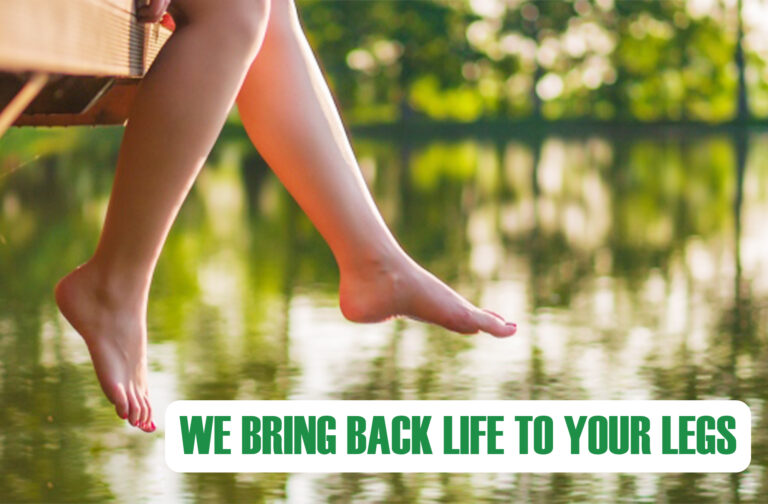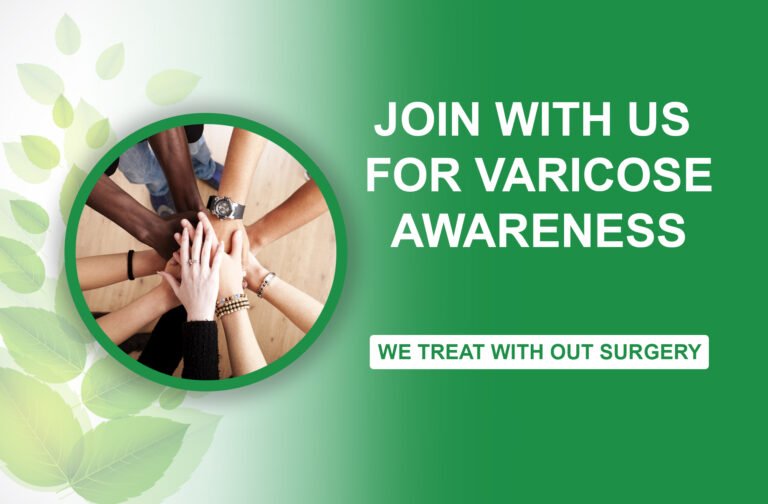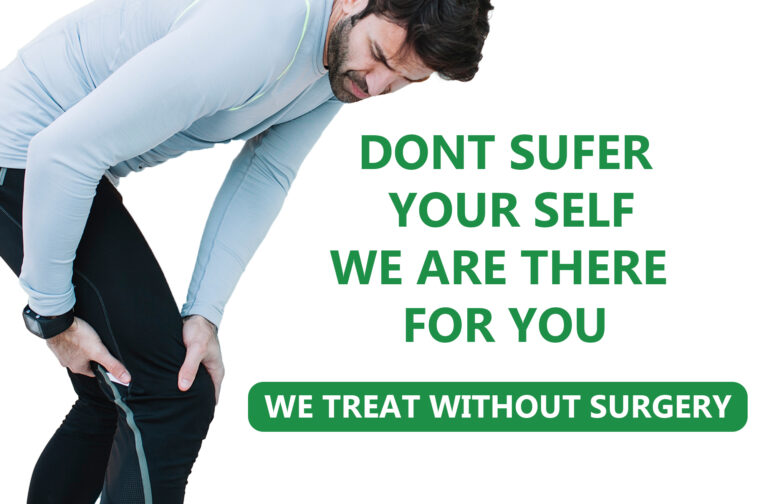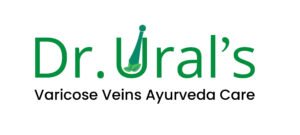



Articles
We should always remember that “Pregnancy is physiology not at all Pathology”, Physiological and anatomical changes occurring during pregnancy are natural and essential to nurture the developing foetus and prepare the mother for labour and delivery. But mechanical pressure created in mother’s abdomen and chest are unavoidable and require proper regimens for adoptability as well as to avoid complications during and post-delivery.
Causes:
- Mechanical pressure:
- As the foetus grow, the size of uterus will also expand correspondingly which puts a mechanical pressure over the major abdominal vessels of abdomen which carry blood from lower limbs towards heart, thus leading to gradual setback pressure or allows stasis of blood in veins creating pressure over the vein and venous valves.
- The condition gets worsen in successive pregnancy /Carrying twins or multiples/ elderly/ Overweight/ if standing for long periods.
- Gravity:
- Blood in the veins working against earth’s gravity so there is always downward force or pressure in veins.
- Blood plasma increase ~ 1250 ml during pregnancy which essential, but increased blood volume exerts pressure in vessels during circulation.
- Hormone: Raised Progesterone hormone will relax the walls of blood vessels resulting in dilatation and laxed blood vessels will alter efficiency of venous blood flow and venous valve too
- Family history: Varicose vein is hereditary i.e., individual is prone to get varicose vein if close family members are sufferers, but not mandatory as the proper precautions done at suitable time can prevent being a victim.
Prevention:
Normally the initial stage of varicose veins like spider web appearance in lower limb subsides most of time after delivery. If it is in progressive stage like reticular veins, then it needs concern so, the preventive measures which can play a major role to avoid varicose veins are,
- Posture:
- Avoid crossing legs while sitting.
- Elevating legs:use stool in sitting position and elevate the foot end of cot (better than using billow) about 3-4 inches so that the blood flow is easier on lying down.
- Sleeping in Lt lateral side;hypothesis is that it does not create pressure over inferior vena cava so that mechanical pressure can be avoided in venous blood supply.
- Exercise:
- Moderation between sitting/ standing / walking.
- Avoid long distance travelling if inevitable then take a break to walk in between or use train transport if available.
- Yoga postureslike Viprita karani, Uphavist konasana, Sasankasana, Vajrasana, Ardha Matsyendrasana, Squatting position, Butterfly posture, shavasana – relaxation techniques done as per the trimesters of pregnancy and doctor advise.
- Pranayama:
- Sitali, Sitkari and Sadanata
- Loma-viloma
- Ujjai
- Bhramari
- Maintain weight within limit, seek the guidance of your health consultant.
- Stockings to prevent blood pooling in legs to assist circulation as per the expert advice.
- Ayurveda:
- Matra basti: A special medicated enema like procedure helps of easy evacuation of bowels, urine by lubricate the intra pelvic organs. Simultaneously induce flexibility and endurance done specially during 8thmonth of pregnancy to avoid constipation as head fixing of baby happen in pelvis of mother creating mechanical pressure over the bladder, large intestine, and rectum. (Expert advice is mandatory)
- Food prepared by adding little quantity of castor oil will help in regulating bowel movements.
- Leg massage: Massage the legs from below up ward direction i.e., from feet towards thighs facilitate venous blood flow. Plain sesame oil or medicated like Sahacharadi taila etc. as advised by Dr can be used.
- Whole body massage: With medicated oils like Sahacharadi, Narayana and Dhanwantra etc., can be used as per the advice of Dr will help to relax physically and psychologically. It also improves peripheral circulations like venous as well as lymphatic drainage which will avoid stasis of blood, oedema, venous insufficiency etc.
